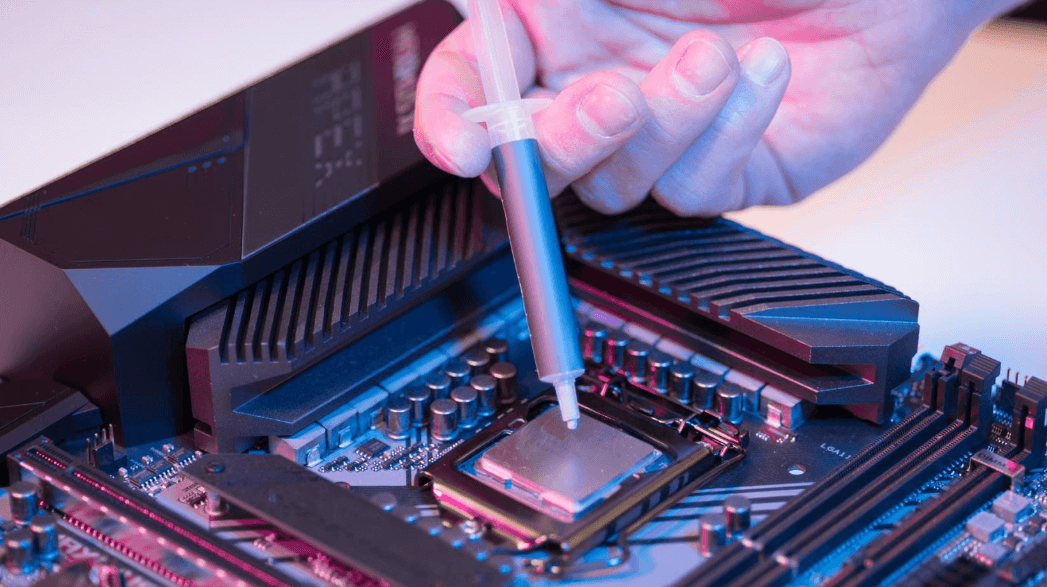The benefits of using thermal paste
Any business that works with computer componentry will be aware of the need to include thermal paste in its inventory list. Thermal paste is a thermally conductive compound of metal oxide and silicone oil. It is primarily used to fill tiny gaps of air that exist between a central processing unit (CPU) and the heat sink that is there to draw heat away from the CPU. It can also be applied for use with diodes, transistors, semiconductors, and other electronic componentry.
Heat transfer
The power that makes the CPU function also continues to heat it up – without the heat sink to absorb the excess heat, the processor would overheat and the machine would turn off. A heat sink is usually constructed out of aluminum or copper and is a passive heat exchanger that transfers the heat from the electronic device to air or liquid coolant that dissipates it away from the CPU.
Fills the gap
The two surfaces of the CPU and heat sink may appear flat, however, machining marks on the heat sink cause minute corrugations, while the CPU can be slightly concave or convex, leaving air gaps that limit the transfer of heat.
The thermal paste acts as a conductor between the two surfaces, filling in these small gaps, while still allowing the points of metal to touch to ensure efficient heat transfer.
The qualities of thermal paste
Thermal paste has a range of benefits. It is particularly suitable for applications to electronic componentry due to its resistivity, long-term stability, and ease of use.
Easy to apply
The paste can be purchased in a 20ml tube or as a filled syringed. This allows the substance to be directly applied and stored for future use. Each syringe can be used for a number of applications as the paste does not harden over time. It can also be purchased in a larger tub of 20g. Thermal paste is easy to use and has a four-year shelf life, so can be purchased in bulk without concerns of overstocking.
Stability
Thermal paste has non-creep properties for easy application and is effective as soon as applied. It has superior thermal conductivity, even at high temperatures. The working temperature of thermal paste is from -400c to 1800c.
How to use thermal paste
Using directly from the tube or syringe, apply a thin layer onto the contact surface of the component, ensuring that the entire interface is covered. This will avert hot spots. Press the heat sink or other component onto the applied surface. Too much thermal paste will have the opposite of the desired effect so ensure you have added enough just to fill in the air gaps. Remove any excess paste before resealing.
Thermal paste can be used for a range of electronic components to ensure that heat is transferred effectively as the machine is running. It is long-lasting and durable and can function in high temperatures. Contact an electronic componentry expert for more information about thermal paste for your business.
Need a quality thermal paste for your next project build? Visit RS Online, and start shopping online!
